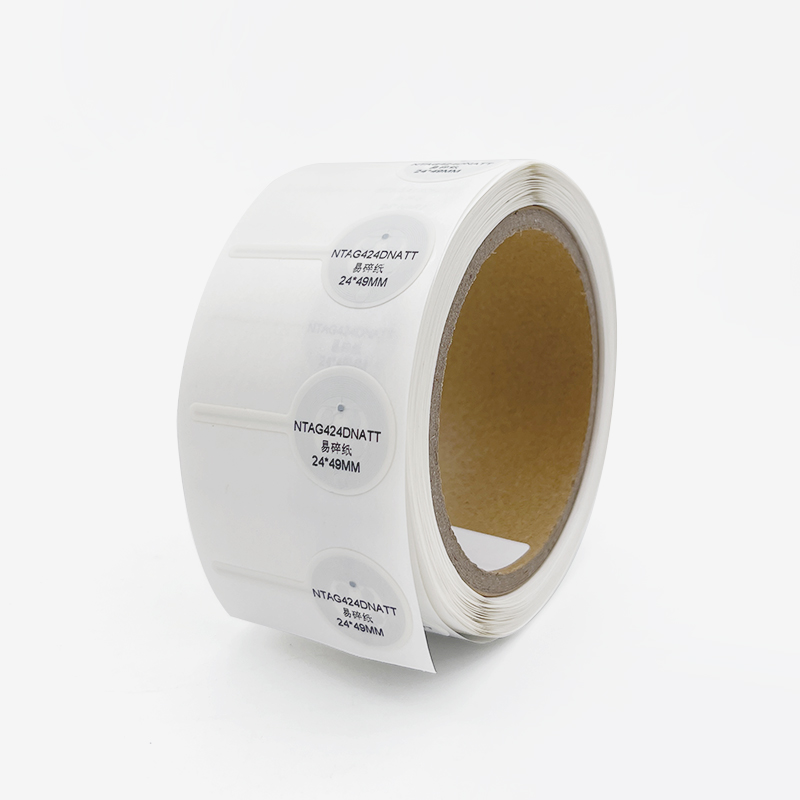
RFID Clothing Tags: Revolutionizing the Fashion Industry with Smart Garments
Table of Contents
Introduction of RFID Clothing Tags
These innovative tags are transforming the fashion and textile industries, offering unprecedented tracking capabilities and enhancing the shopping experience. In this article, we’ll explore how RFID tags can be used on clothes, their benefits, and the exciting possibilities they bring to the world of fashion.
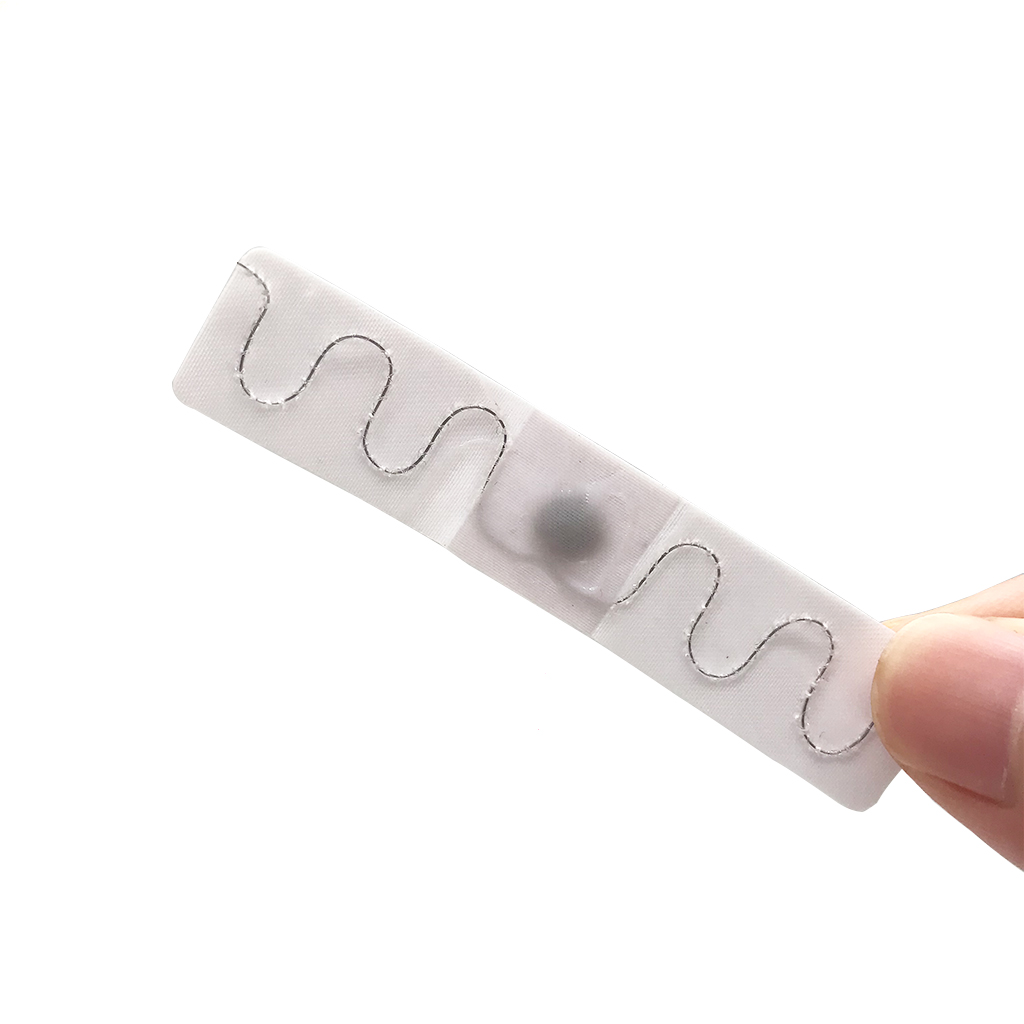
What Are RFID Clothing Tags?
RFID clothing tags are small, electronic devices that use radio frequency identification technology to store and transmit information about a garment. These tags can be sewn into clothing or attached as labels, allowing retailers, manufacturers, and consumers to track and manage clothing items with ease. Unlike traditional barcodes, RFID tags don’t require line-of-sight to be read. This means that multiple items can be scanned simultaneously, making inventory management much faster and more efficient. RFID clothing tags come in various forms, including washable versions that can withstand the rigors of regular laundering.
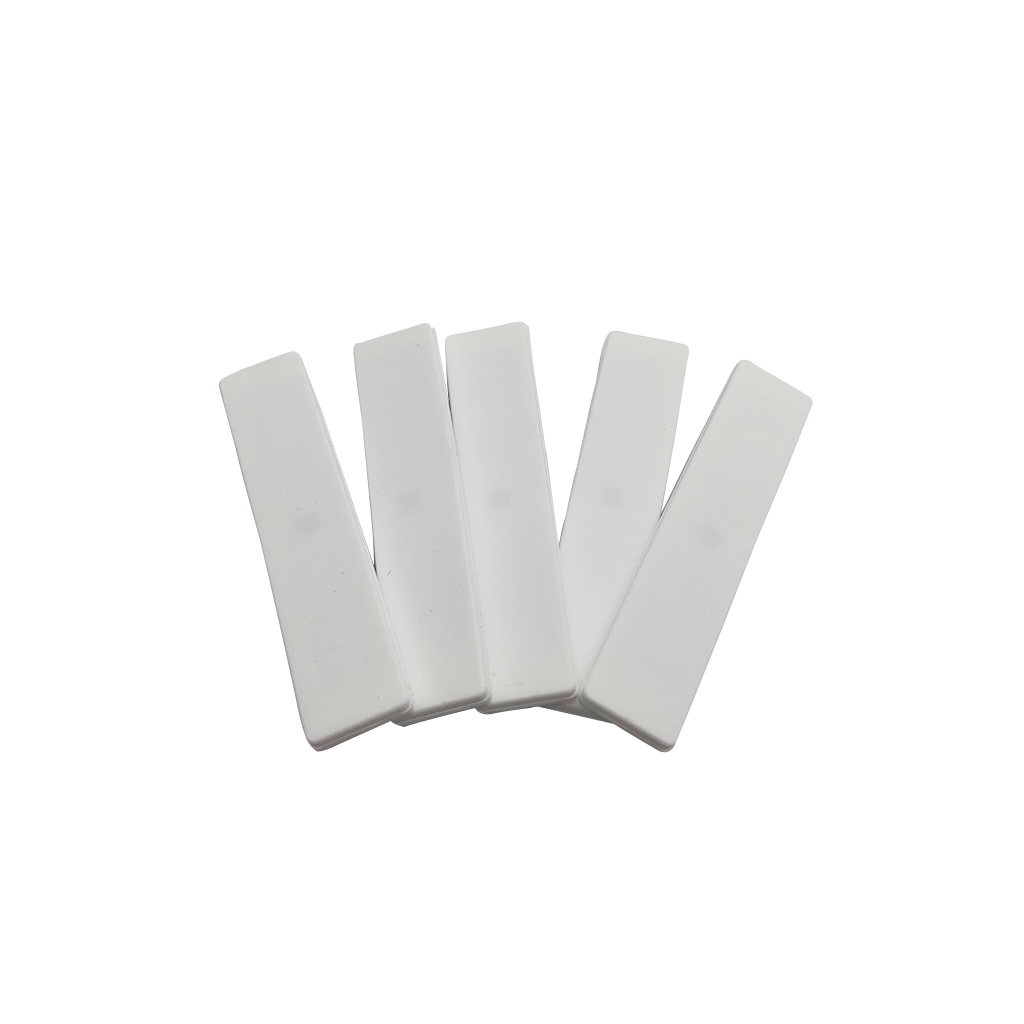
How Do RFID Tags Work in the Clothing Industry?
RFID technology in the clothing industry works by embedding tiny chips and antennas into garment labels or directly into the fabric. When an RFID reader sends out radio waves, the tag captures this energy and uses it to transmit stored information back to the reader.In a retail setting, this allows for:
- Quick and accurate inventory counts
- Improved stock management
- Enhanced security against theft
- Streamlined checkout processes
For consumers, RFID tags can offer benefits like easy returns, authenticity verification for luxury items, and even interactive shopping experiences.
What Are the Benefits of Using RFID Tags on Clothes?
The use of RFID tags in clothing offers numerous advantages for both businesses and consumers:
- Improved Inventory Management: Retailers can track stock levels in real time, reducing overstocking and stockouts.
- Enhanced Shopping Experience: Customers can quickly find sizes and colors, and even use smart mirrors to see outfit suggestions.
- Efficient Supply Chain: Manufacturers and distributors can track garments from production to sale, improving logistics.
- Reduced Counterfeiting: Luxury brands can use RFID to authenticate their products.
- Simplified Returns: RFID tags make the return process faster and more accurate.
- Sustainable Practices: Better inventory management leads to less waste in the fashion industry.
These benefits contribute to a more efficient, customer-friendly, and sustainable clothing industry
Are RFID Clothing Tags Washable?
One of the most common concerns about RFID tags in clothing is their durability, especially when it comes to washing. The good news is that many RFID tags designed for garments are indeed washable. Manufacturers have developed special encapsulation techniques that protect the electronic components from water, detergents, and the mechanical stress of washing machines. These washable RFID tags can withstand hundreds of wash cycles without losing functionality. However, it’s important to note that not all RFID tags are created equal. When implementing RFID technology in clothing, it’s crucial to choose tags specifically designed for textile applications and to follow care instructions provided by the manufacturer.
How Are RFID Tags Sewn into Clothing?
RFID tags can be integrated into clothing in several ways:
- Sewn-in Tags: RFID chips are embedded in fabric labels and sewn directly into the garment.
- Heat-sealed Tags: Special RFID labels are attached to clothing using heat-sealing technology.
- Woven Tags: RFID antennas and chips are woven directly into the fabric of the garment.
- Button Tags: RFID technology is incorporated into buttons or snaps.
The method chosen often depends on the type of garment, its intended use, and the desired longevity of the tag. For example, high-end fashion items might use more discreet, sewn-in tags, while industrial uniforms might opt for more robust button tags.
What Industries Benefit from RFID Clothing Tags?
RFID clothing tags have found applications across various sectors:
- Retail: For inventory management and loss prevention
- Luxury Fashion: To combat counterfeiting and enhance brand experience
- Uniform Services: To track and manage large volumes of uniforms
- Hospitality: For managing linens and towels in hotels
- Healthcare: To ensure proper handling of medical garments and linens
- Sports: For timing in races and managing team uniforms
Each industry leverages RFID technology to solve unique challenges and improve efficiency in handling textile items.
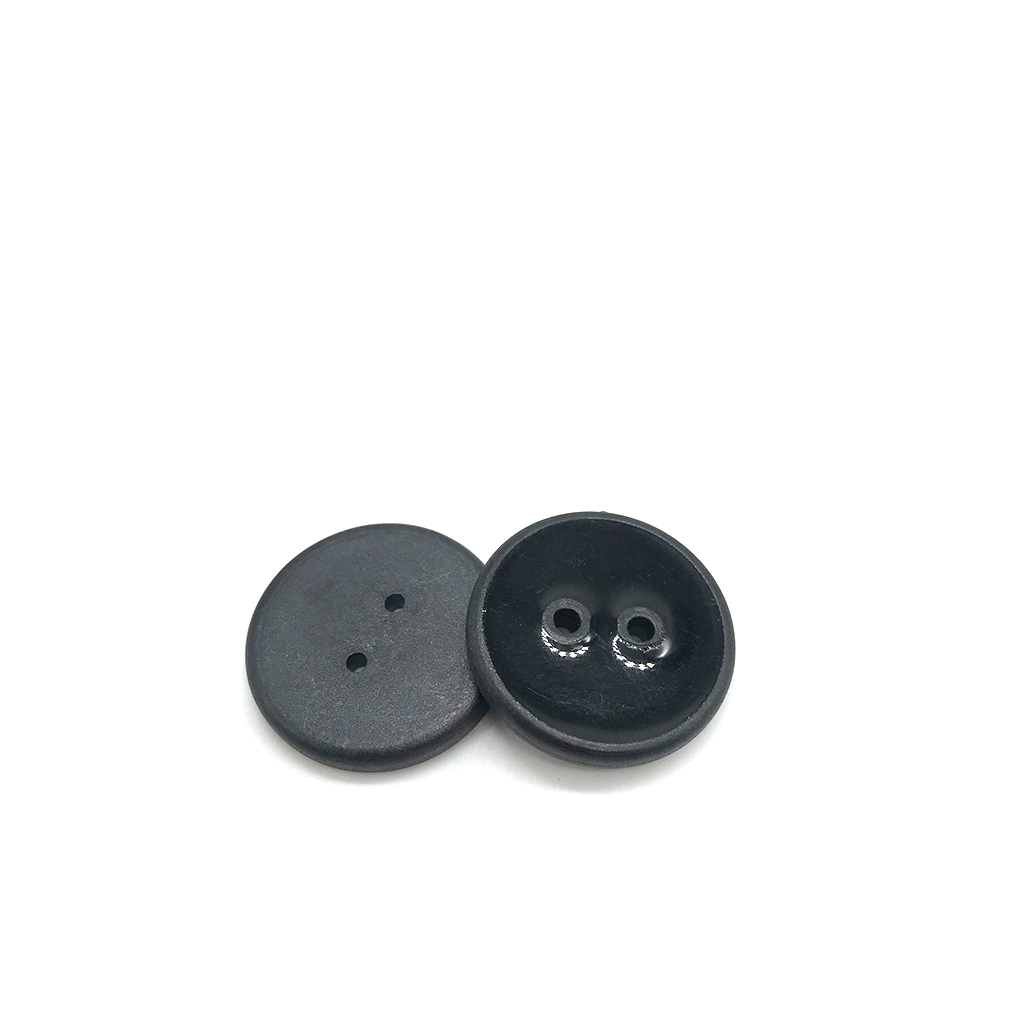
How Do RFID Tags Improve the Shopping Experience?
RFID tags are transforming the way we shop for clothes:
- Smart Fitting Rooms: Mirrors can recognize items and suggest complementary pieces.
- Self-Checkout: Customers can pay for items without removing them from their basket.
- Product Information: Shoppers can access detailed product info by scanning tags with their smartphones.
- Personalized Recommendations: Stores can offer tailored suggestions based on items a customer has tried on.
These innovations make shopping more convenient, personalized, and engaging for consumers
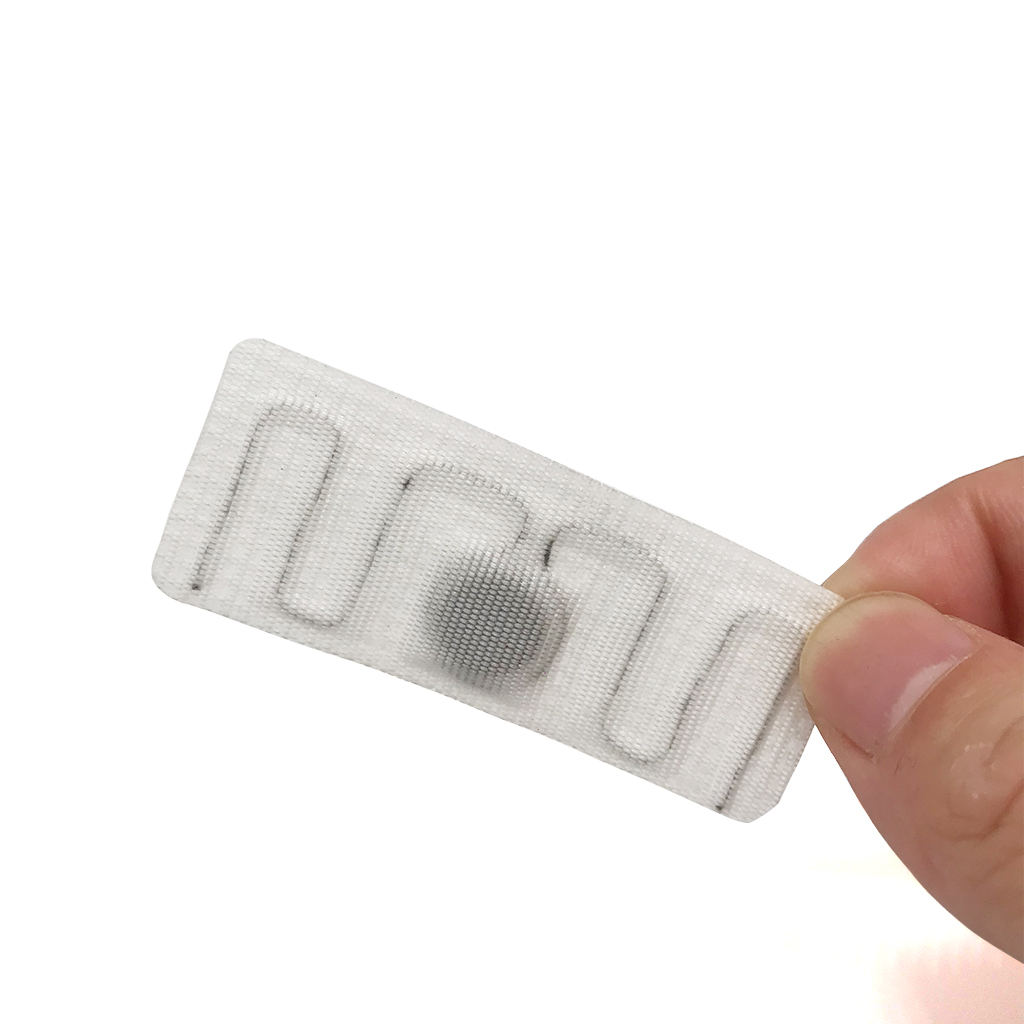
What Are the Privacy Concerns with RFID Clothing Tags?
While RFID technology offers many benefits, it also raises privacy concerns:
- Tracking: Fears that individuals could be tracked through their clothing
- Data Collection: Concerns about how personal shopping data might be used
- Unauthorized Scanning: Worries about thieves scanning tags to identify valuable items
To address these concerns, many retailers deactivate or remove RFID tags at the point of sale. Additionally, some tags are designed to have a very short read range, making unauthorized scanning difficult.
How Are RFID Tags Changing the Future of Fashion?
RFID technology is paving the way for exciting developments in the fashion industry:
- Smart Clothing: Garments that can change color or pattern using RFID-controlled e-ink
- Sustainable Fashion: Improved tracking of materials for better recycling and upcycling
- Virtual Wardrobes: Apps that help consumers manage their clothing collections
- Rental Services: Efficient tracking for clothing rental businesses
- Supply Chain Transparency: Ability to trace a garment’s journey from raw materials to consumer
These innovations promise to make fashion more interactive, sustainable, and consumer-friendly.
How Can Businesses Implement RFID Technology in Their Clothing Lines?
For businesses looking to adopt RFID technology in their clothing lines, here are some steps to consider:
- Assess Needs: Determine specific goals for implementing RFID (e.g., inventory management, anti-theft, customer experience).
- Choose the Right Tags: Select tags that suit your garments and withstand necessary conditions (washing, dry cleaning, etc.).
- Invest in Infrastructure: Set up RFID readers and software systems to manage the data.
- Train Staff: Ensure employees understand how to use and benefit from the RFID system.
- Integrate with Existing Systems: Connect RFID data with your current inventory and POS systems.
- Consider Privacy: Implement measures to protect customer privacy and address concerns.
Start Small: Begin with a pilot program to work out any issues before full implementation.
By carefully planning and executing an RFID strategy, businesses can reap the benefits of this transformative technology. In conclusion, RFID tags are not just compatible with clothing; they’re revolutionizing the entire fashion industry. From improving inventory management to enhancing the shopping experience, these smart tags are ushering in a new era of connected, efficient, and interactive fashion. As the technology continues to evolve, we can expect even more innovative applications that will shape the future of how we produce, sell, and interact with our clothes.
Comments
Hot Products
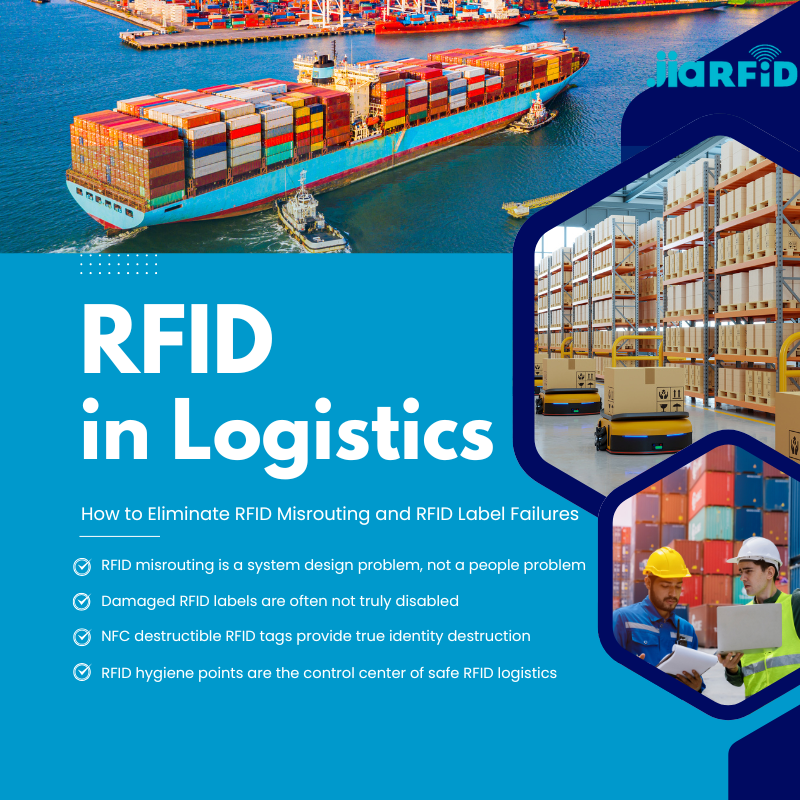
RFID in Logistics: How to Eliminate RFID Misrouting and RFID Label Failures
RFID in logistics is more than just a tool to speed up processes. It has become a key part of how modern supply chains operate.

What Is RFID Waste Management
Imagine a city where every trash bin speaks — not literally — but through a tiny chip that tells the system when it’s full, when it’s emptied, and where it went. That’s what RFID waste management is doing today.

What are Bolt Seals and their Applications? | Complete Guide
In global trade and logistics, bolt seals play a crucial role in ensuring cargo security and compliance. These small but powerful devices are designed to lock shipping containers, trailers, and cargo doors with a tamper-evident mechanism.

What is an RFID Card Protector? Benefits, Use Cases, and Buying Guide
RFID technology (Radio Frequency Identification) is everywhere: in your credit cards, ID badges, transit passes, hotel room keys, and more. It offers speed and convenience, but it also opens the door to a new kind of digital theft called “skimming.” That’s where an RFID card protector comes in.

RFID Wristbands for Events: Bulk Buying Guide for Organizers
RFID wristbands for events are becoming the go-to solution for organizers who need faster entry, fraud prevention, and cashless payments at concerts, festivals, and sports venues. Unlike paper tickets or QR codes, these smart wristbands use embedded chips to streamline access, secure transactions, and improve the guest experience.

How RFID Tag on Windscreen Improves Vehicle Access Control and Toll Systems
In today’s fast-paced world, vehicle identification needs to be quick, secure, and contactless. An RFID Tag on the Windscreen provides exactly that — a reliable way to manage toll collection, parking, and gated access without stopping vehicles.
Tags
RELATED BLOGS

RFID in Logistics: How to Eliminate RFID Misrouting and RFID Label Failures
RFID in logistics is more than just a tool to speed up processes. It has become a key part of how modern supply chains operate.

What Is RFID Waste Management
Imagine a city where every trash bin speaks — not literally — but through a tiny chip that tells the system when it’s full, when it’s emptied, and where it went. That’s what RFID waste management is doing today.

What are Bolt Seals and their Applications? | Complete Guide
In global trade and logistics, bolt seals play a crucial role in ensuring cargo security and compliance. These small but powerful devices are designed to lock shipping containers, trailers, and cargo doors with a tamper-evident mechanism.




